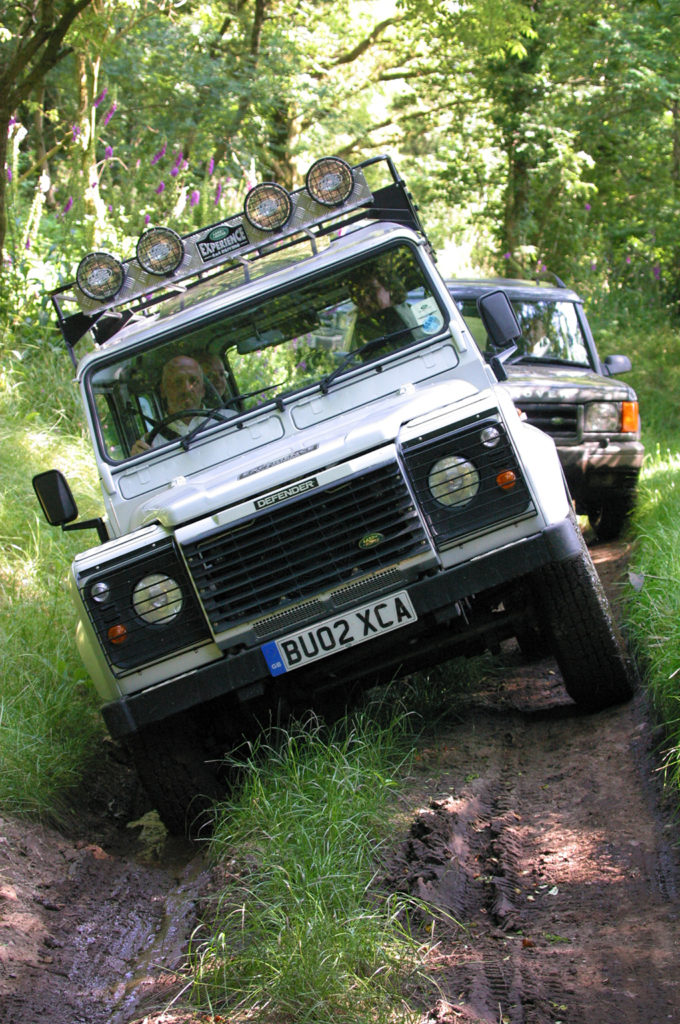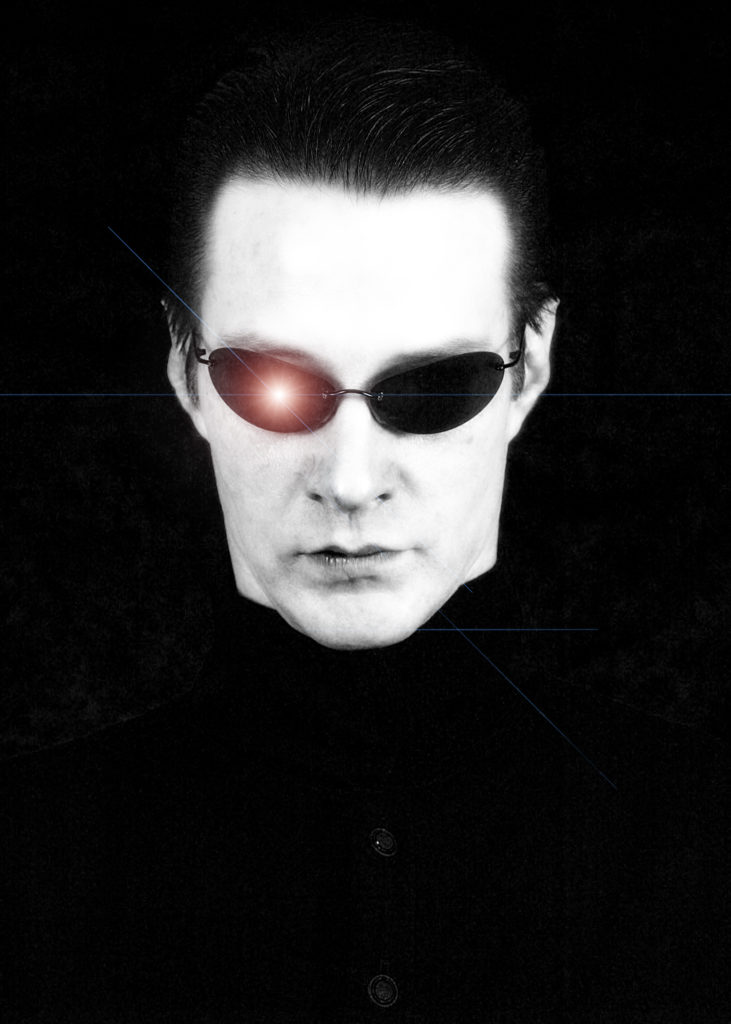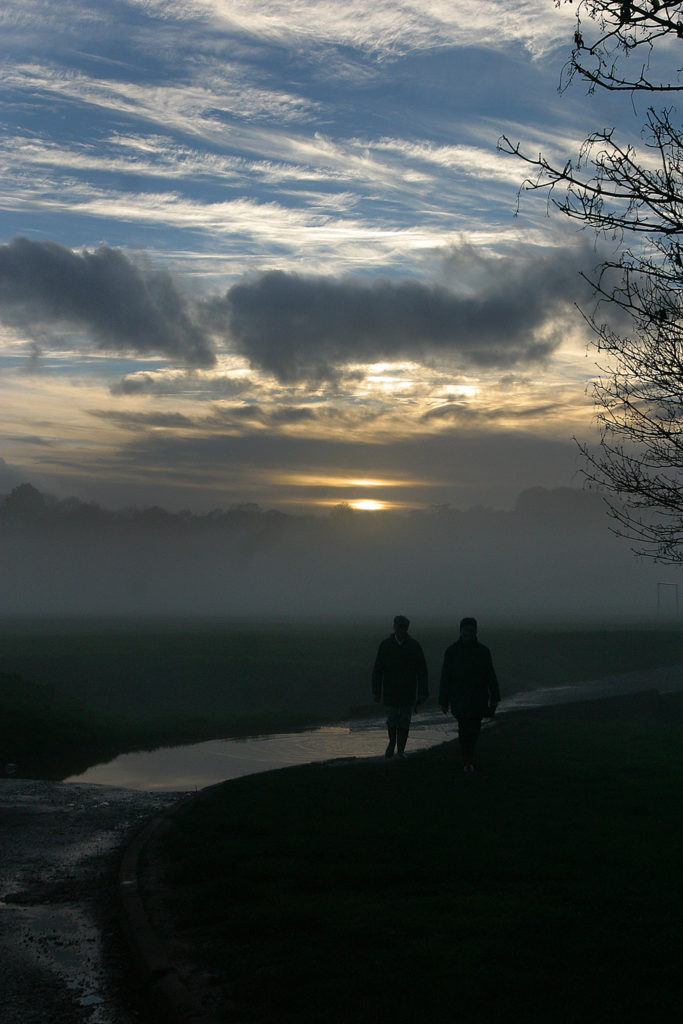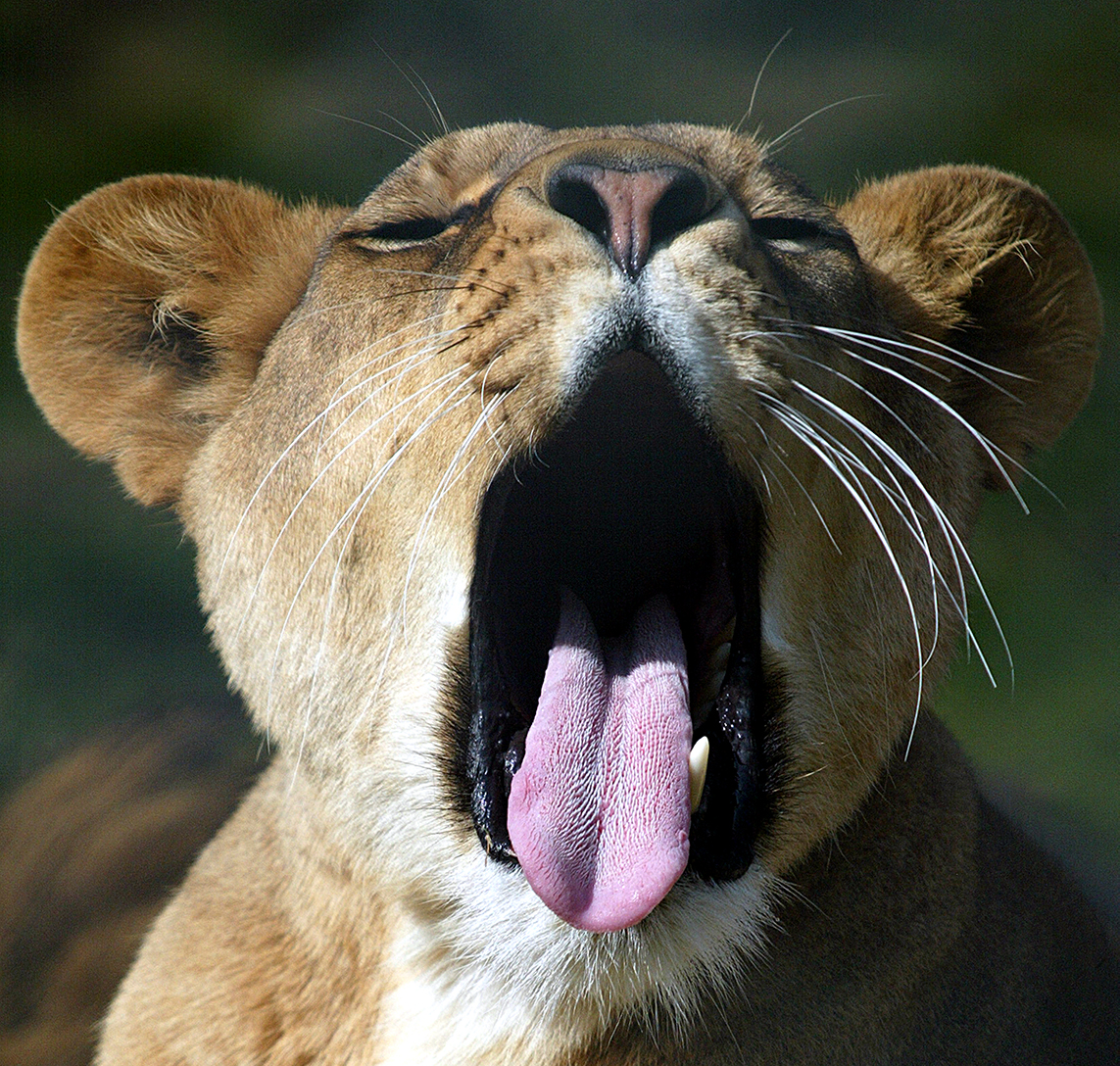Photography on a budget: Lioness captured on a 4 megapixel Canon EOS-1D (current used price £75). © Al Macphee/MiraclePR
This week’s blog is about the various ways you can save money when getting started as a photographer.
I was on a Facebook photography forum the other day and there was a post where someone was asking whether buying this Nikon camera would be overkill for an amateur. Most people were encouraging him to buy it if he could afford it. But the best comment I saw was from someone who said, “If you know how to use it and you can get the best from it, then buy it.”
Sourcing budget equipment

One way to practise photography on a budget is to set up an equipment watch list on eBay.
I’ve been wanting for ages to try out this lens with a focal length that suits my angles down to the ground. The Sigma 120-300mm f/2.8 has got a nice ideal focal range and the wide aperture for a lot of my work.
My standard equipment at the moment is really a Nikon 80-200mm f/2.8 but sometimes, when it gets a bit dark in winter, you could just do with that extra reach.
I’ve been toying with the idea of getting this 120-300mm, sticking it on a body and leaving it for general use because I could have then worked the Devon Duathlon under the trees at eight in the morning, at f/2.8, and then I could have gone straight to the football with the same lens. Obviously, if you’re taking lenses on and off cameras, you’re risking dust and dirt getting in to your sensors and whatever so that extra reach, down to that 120mm, would have been good to work with.
I was flicking through eBay and saw something that had been on my watch list for at least three years: a 1.4x teleconverter that works with the Nikon 80-200mm lens. A 1.4x extender (or multiplier, people call them different things) multiplies your lens’ focal length by approximately a half. So you’re essentially going from 80mm to 112mm and at the other end, 200mm to 280mm and it still keeps that maximum aperture of f/2.8.
So I thought, ‘I wonder…Let’s just see what it’s like.’
So for £80, I thought I’d try out this Kenko multiplier (note the spelling if searching for it because otherwise you’ll come up with coffee!) Essentially, instead of buying a £2,000 second hand Sigma 120-300mm f/2.8, I’ve spent £80 and I’ve converted my 80-200mm to a 112-280mm to get that extra reach.
Instead of buying a £2,000 second hand Sigma 120-300mm f/2.8, I’ve spent £80 and I’ve converted my 80-200mm to a 112-280mm to get that extra reach.
I’ve already tested this combination but only on stationary or slow moving subjects (dogs moving about in the garden, etc.) Obviously, I don’t want to use it regularly until I know how consistent it is. So, I decided to go out on the weekend to shoot something useful for the SDFL to see what it turns out in the football world. The focusing will be a bit slower and a bit more hit and miss but when you’re working on fast focusing lenses combined with fast focusing motors in the cameras, the change in focusing speed should be negligible.
EBay watch lists are not the only source for equipment for photography on a budget. MPB Photographic in Brighton are absolutely brilliant for equipment and customer service. They do so many good deals. If you search for a particular item and you get that rare but dreaded message saying they don’t have what you want, you can add the item to a watch list and they will actually let you know when they’ve got one in stock. A lot of firms don’t do that. You can put your searched for item on a watch list and you never get that email.
I was looking for a Nikon 80-400mm and they didn’t have one in stock. I’d forgotten I’d put it on my wish list until they told me yesterday.
Appearance isn’t everything

Photography on a budget means keeping an eye out for good quality equipment with cosmetic damage. Some companies will take a minor scratch on the lens casing as a major fault because people like decent looking stuff these days. They don’t like stickers on the cameras. They don’t like cameras looking scruffy. If it’s well-used and its just got a rough casing, monopod mount or collar, who cares? You use that in professional circumstances for six months, it’s going to get gritty anyway. You’re going to be chucking it over your shoulder, your straps are going to get worn, etc.
It’s like a car. As long as it gets you from A to B and it’s reliable, who cares whether it’s got a dent in the wing. Obviously, a wedding couple would if you’re turning up to meet them. There’s a thing to be said about appearances then. But if you’re at the side of a football match and you’re working from body to body and you’re sat near enough on the ground, what are you going to do with your second body? You’re not going to wrap it around your arm or have it hanging around your neck, because it’s going to get in the way. You’re going to put it on the grass or on your bag, which is on the grass. Either way, something is going to get marked. That’s where your weatherproofing comes in but it’s going to get damp. It’s going to get scruffy more quickly than the amateur guy’s equipment. He’s standing behind the barrier with the camera around his neck. Afterwards he can go home and clean it properly, while the pro gives it a quick wipe down and then gets back in the car and races off to the next job.
So, as long as it works, it produces the goods and you know how to use it, it doesn’t matter what it looks like. If you’ve got a scruffy looking lens, that outside casing isn’t going to affect your elements or anything to do with your optics or your glass. Have it. It doesn’t matter what it looks like. I’m an ugly old git – but I’ll turn out the goods.
As long as it works, it produces the goods and you know how to use it, it doesn’t matter what it looks like.
If you asked me what camera to buy for practising photography on a budget, I would tell you to decide what you want to do with it. Decide whether you need a wide or a short lens. Are you going to shoot in low light or not because a lens with an aperture of f/2.8 is going to cost more than one which finishes at f/4 or f/5.6?
I took my first football photograph when I was about 18, on film, with a manual focus camera. When digital came out in the Noughties you were looking at slower buffers and the pixellation on the sensors wasn’t as good, etc. But if you know how to use that equipment to its best, you can turn out quality images.
Buying the most expensive camera for amateur use is like using a humungous 50 meg file to get a six by four inch print. What’s the point?
For photography on a budget, you don’t want kit in your bag that you’re not going to use. If you’re on eBay and you think, ‘That lens looks good, but it’s £600,’ your next thoughts should be, ‘How often am I going to use it? Can I justify that purchase? Can I pass that cost on to someone? Am I going to use it once or 16 times over the next month?’ If it’s 16 times, it might be worth it, because you can divide that cost between the clients you’re charging.
Look at your budget and at what you’re spending, and ask yourself whether you need that lens (as Martin Lewis would say!). There’s a lens on Marketplace at the moment I would love to have. It runs from 150-500mm. That would be great, and it’s only £300. It was up at £450, but he wants to get rid of it, and every week it goes down in price. But what am I going to use it for? Yes, it would be handy but it only goes from something like f/5 to f/6.3 which means it needs loads of light, so I’m only going to use it in the summer months – and winter’s coming in. It could be cheaper by next summer if I really want it. This is what you need to be thinking when practising photography on a budget.
Photography on a budget: image processing

As with your equipment, what do you need your software for. Do you need access to InDesign or Illustrator, etc. or do you just need access to a good photo editing suite? Do you need to rescue images? You shouldn’t have to if you’re a pro, but mistakes happen. Photoshop isn’t that expensive. It only costs me about £10 a month and I get three or four suites for that. I’ve got two versions of Lightroom and one of Photoshop on two computers. What more do you need?
Again, if you’re not going to use something, don’t have it. Decide right at the beginning what you’re likely to need, because every extra item of software is going to cost you more money.
In terms of storage costs, tight editing will help as will shooting at the right size. I never shoot football on RAW. There’s no point. It just fills up your buffer and hard drive. The important question is what are the images going to be used for? What is the maximum size I need to shoot that image at? If it’s going to go in news print or on to A4, you are only going to need a 6 meg file at most. That is it. No more.
You don’t need to shoot a hundred 50 odd megapixel JPEGS at a football match, because you’ve then got to file that across on to your computer. It takes time to do that and it fills your hard drive up. Now, the more you fill that hard drive, the more money you’re going to spend backing up adding more disk space on to your computer. You’re going to be buying more terabytes on your externals. If you use the cloud, you’re going to be paying more to back images up on to the cloud.
The more you fill that hard drive, the more money you’re going to spend backing up…You’re going to be buying more terabytes on your externals. If you use the cloud, you’re going to be paying more to back images up.
Shoot on the size that you’re actually going to need and think about what you’re doing before you take that shot: Get the exposure right. Where’s the sun going? What’s that light going to do to your eventual image? Then all you’ve got to do, essentially, is transfer the ten meg files on to your hard drive; copy and paste your picture selection on to another file; finish off your selection and do a little bit of cropping. Even if you crop half of it, you’re only going down to five which is decent enough for any newspaper.
Once you’ve got your 20 odd finished images ready for print, from your initial 100, what are you going to do with the rest of them? You’re just going to bin them, because if you’ve got a series of three or four shots and you’ve gone through and found the best one, what’s the likelihood of you going back and using a different file? It’s negligible unless you’re doing a blog or something and you want to find that series.
You might have someone come up to you after an awards ceremony and say, for example, ‘Do you remember when Grobbelaar was presenting at such and such and he signed my England shirt? I took an image myself but it’s rubbish. Did you take one?’ But as a pro, you will have that file in your finished images anyway, because you will have immediately recognised that shirt signing image as a captionable shot.
The point is that the more megabytes you use, the more useless megabytes you’re going to end up with on your hard drive. So once you’ve got your finished images, say bye bye to the rest of them. Then you’ve got 20 ten meg files instead of 20 lots of 500 meg. I know hard drive space is getting cheaper, but what’s the point in carrying on spending?
To summarise: whatever is tempting you, ask yourself if you really need it, what you’re going to use it for and whether you are going to use it often enough to justify what you would be paying – again, just as Martin Lewis would say.
Have a burning photography question you would like Al to write about in his next blog post? Email info@miraclepr.com with your request.

